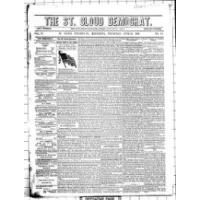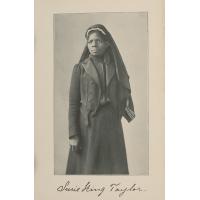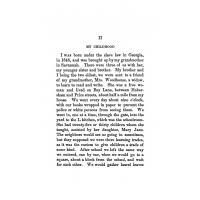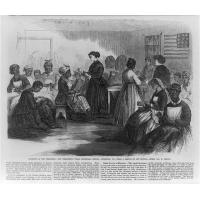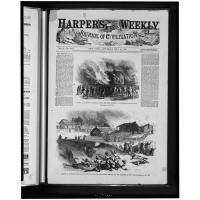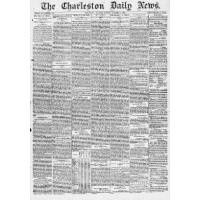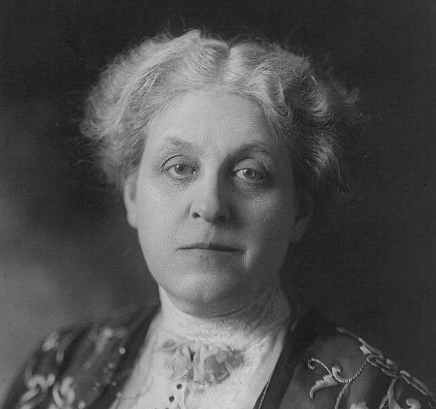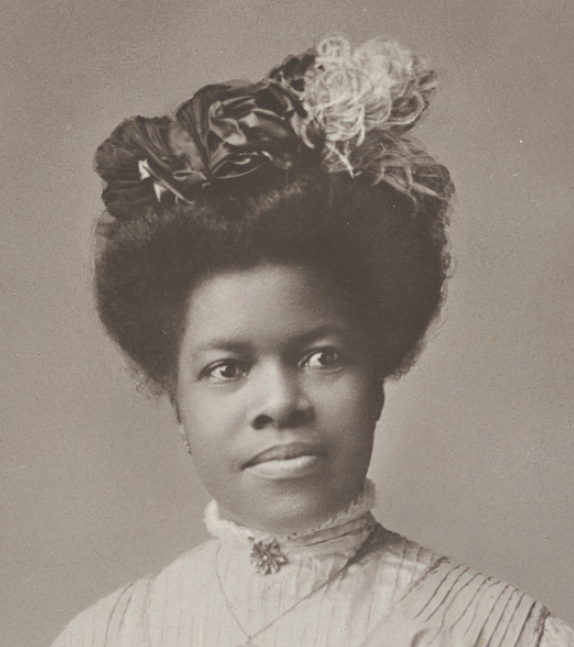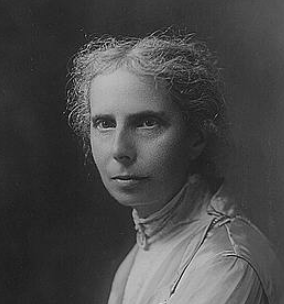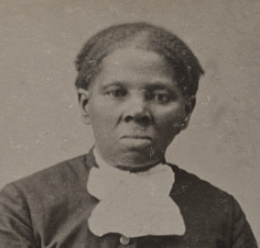For Black Americans before and after Emancipation, reading and writing were “fugitive” acts that pushed back against White Supremacy.
⏱️ 499 words, 2 minutes
Why teach it?
Students of all racial backgrounds should learn about this country’s history of attempting to prevent Black people from learning to read and write.
Doing so will help young people understand that reading and writing are powerful safeguards for freedom.
African American students in particular should get the opportunity to learn about the heroic efforts Black Americans have made throughout their history to learn “by hook or crook” at great personal risk to themselves.
Why was literacy forbidden for Black people before Emancipation?
Southern slaveholders feared that reading and writing would empower Black Americans to escape the mental and physical bondage of slavery.
According to Frederick Douglass, there was a notion among slaveholders that literacy would “ruin” a person for slavery, resulting in a slave’s “running away with himself.”
Newspaper ads for fugitive slaves commonly described their reading abilities. Slaveholders worried that literate slaves would be able to write passes for themselves to move freely toward escape.
How were Black people prevented from reading and writing?
Starting with South Carolina in 1740, states across the country passed anti-literacy laws that banned the study of reading and writing for enslaved—and sometimes free—African Americans.
Violating these laws was dangerous. A North Carolina anti-literacy law passed in 1831 punished teaching an enslaved person to read or write with 39 lashes or imprisonment.
How did Black people resist anti-literacy laws?
Enslaved and free Black Americans covertly learned to read and write in places where it was forbidden. They “stole away to secret places at night to study,” according to educator and historian Carter G. Woodson.
Susie King Taylor, a Black Civil War nurse who grew up under Georgia’s anti-literacy law in the 1850s, wrote about how she “wrapped books in paper to prevent the police or white persons from seeing them.”
When did these laws come about?
The first known anti-literacy law was passed in South Carolina in 1740 in response to a 1739 slave uprising called the Stono Rebellion.
South Carolina legislators suspected that the rebellion had been aided and coordinated by literate Black people.
Where was Black education limited?
Although anti-literacy laws were particularly common in southern, slaveholding states, northern “free” states also passed laws intended to prevent Black people from becoming educated.
In 1833, Connecticut passed a law that prevented Black people who had moved to the state from receiving an education.
What happened after Emancipation?
During Reconstruction, Black lawmakers and their allies established the first public schools in the South for Black and White students alike.
Schools for Black children established in this period persisted through violent backlash. Between 1866 and 1876, more than 630 Black schools were burned down.
Go deeper
Watch Harvard historian Dr. Jarvis Givens discuss barriers to literacy for Black Americans before and after Emancipation.
Read Dr. Givens’ book, Fugitive Pedagogy.
Learn how to teach language and literacy as an act of resistance.
6 - 8 9 - 12 Social Studies/History English/Language Arts Literacy Black History
Testimonials
- I love that there is new info on the site daily!
- I had a wonderful time working with the Library of Congress and learning about all of the resources at my fingertips!
- The TPS Teachers Network has an equal exchange of ideas. You know it's not a place where you're being judged.
- My colleagues post incredibly fine resources and ideas....the caliber of the suggestions and resources make me feel that I take a lot from it. It's a takeaway. And I hope that I can give back as much as I get.
- Going into this school year, I have a fantastic new resource for my own instruction and to share with my colleagues!
- I am very glad that I discovered the TPS Teachers Network through RQI. Great resources can be hard to find out there on the internet!





